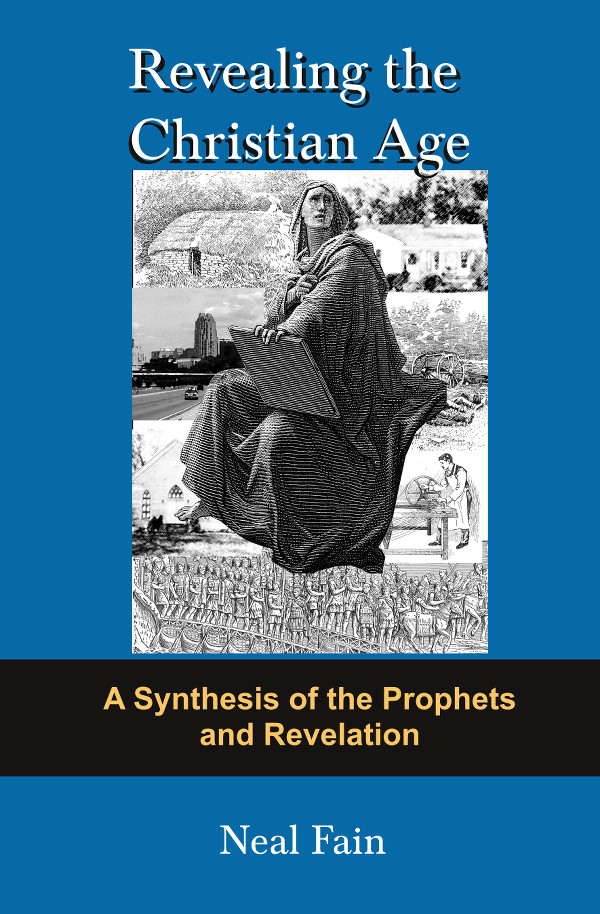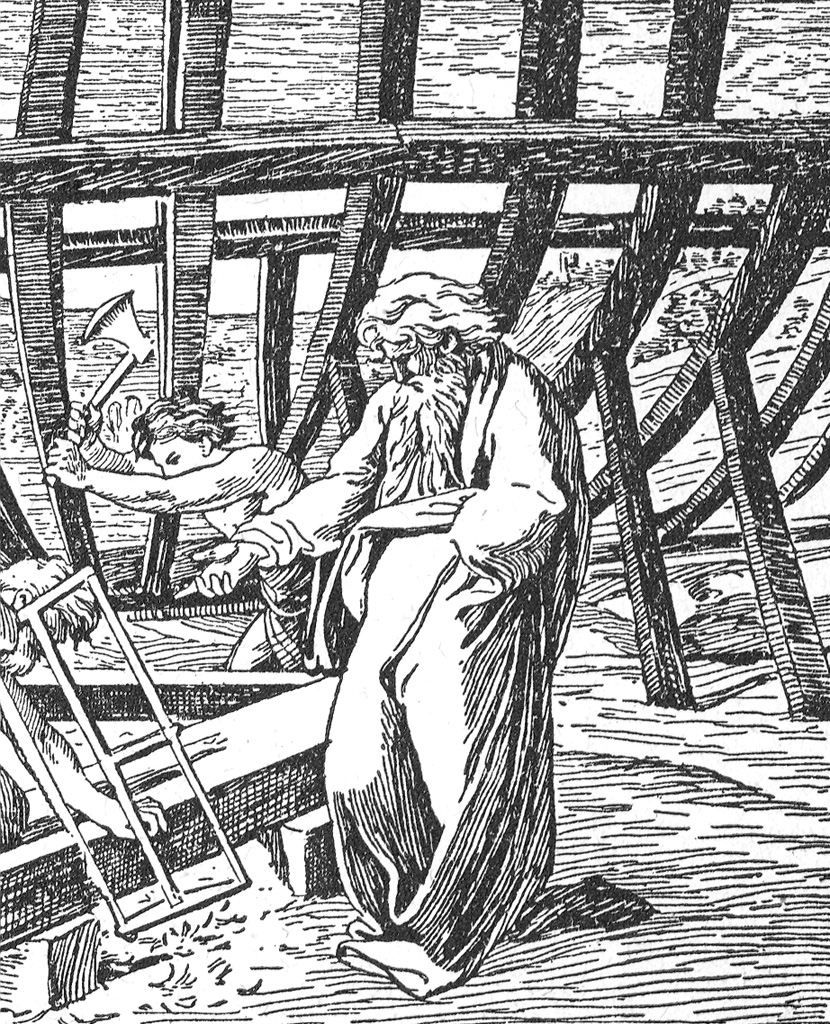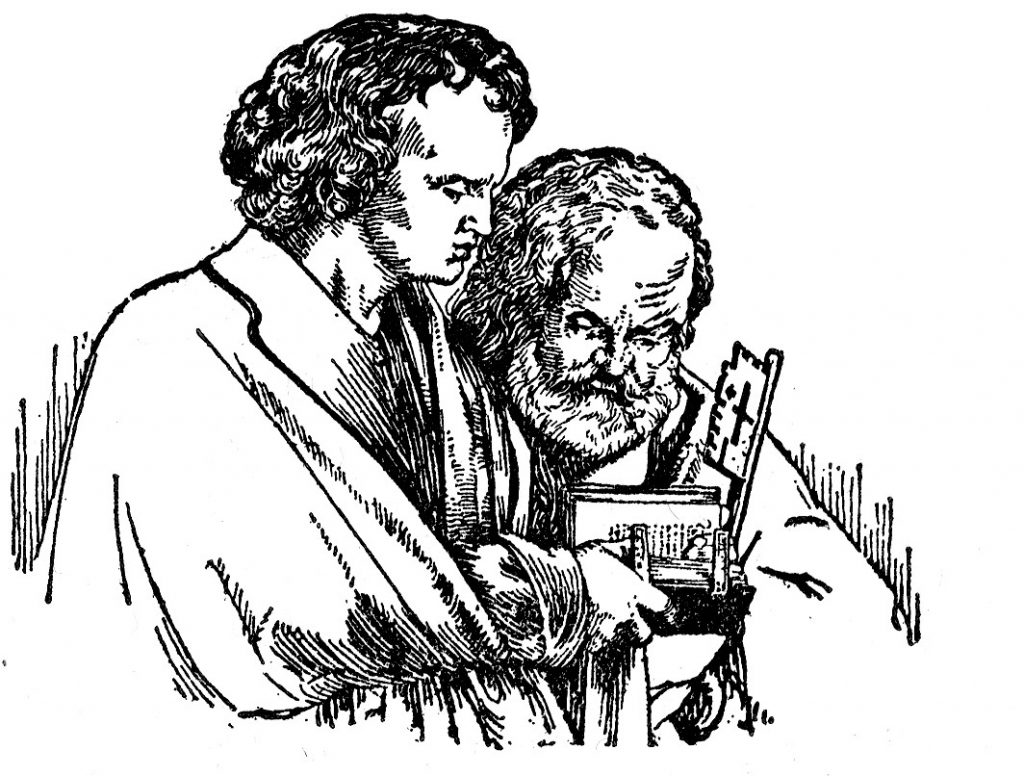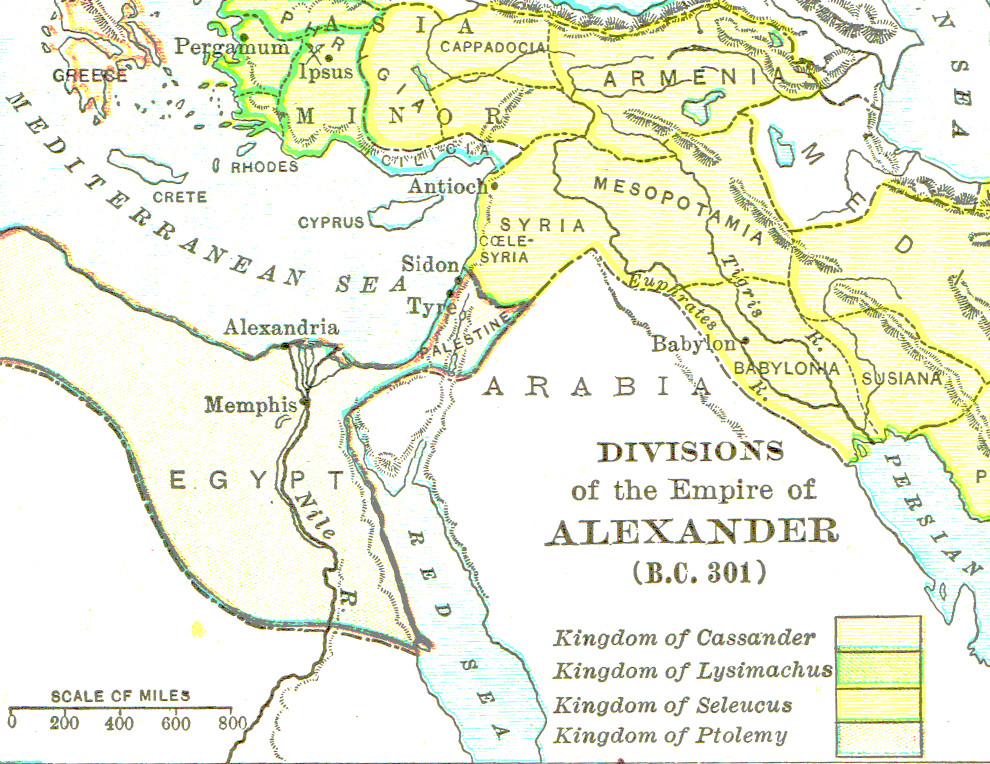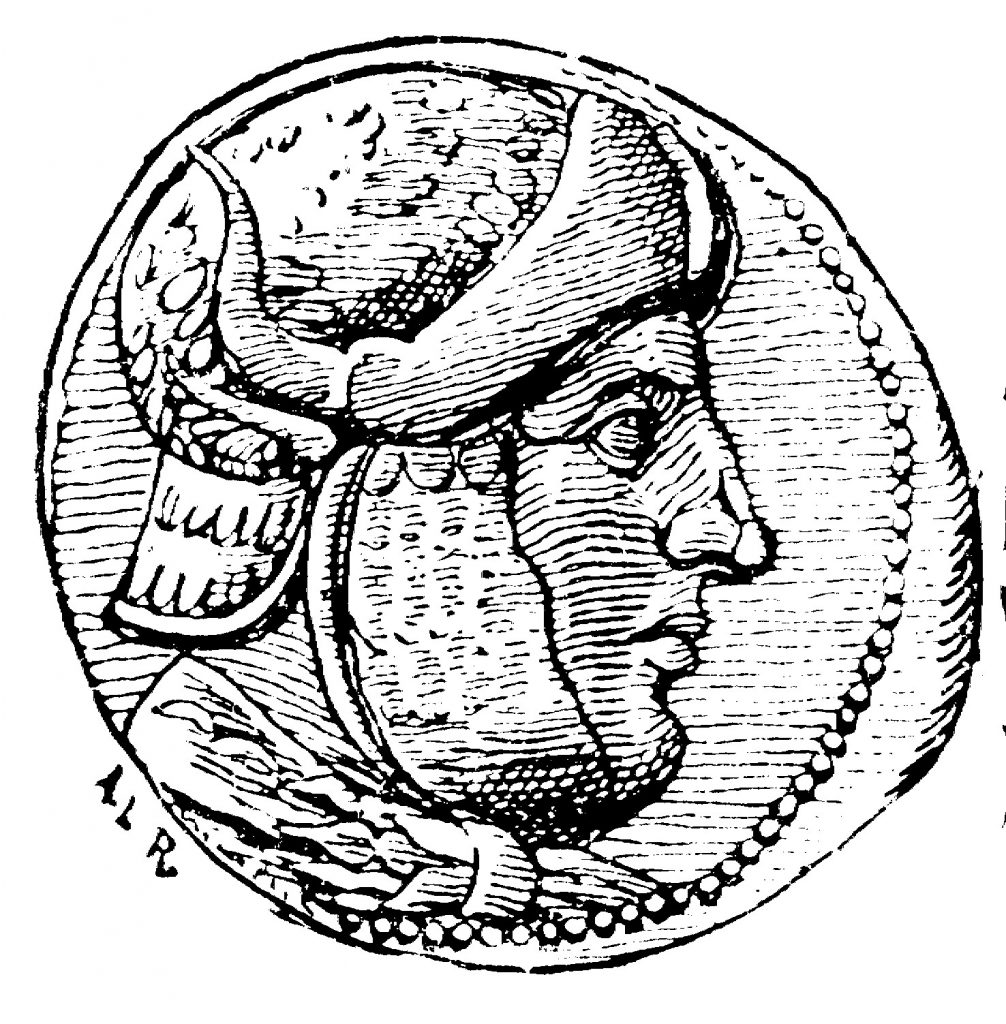It has never been
anything else. It is about
believing God!

Many fail in salvation because they do not believe prophecy! That includes 1.) the children of Israel who died in the wilderness during Moses’ time, because they did not believe the prophecies of their conquering the land of Canaan, and 2.) the Pharisees and Sadduccees of the first century AD, who did not believe the prophecies of Jesus the Christ, the one and only Son of God.
Prophecy has NEVER been idle
information about
what might happen.
Unfortunately that is the way many view prophecy. That is to say, many have been persuaded to treat prophecy as inscrutable statements of what might happen, and which no one can ever figure out. These are false views of Scripture and of prophecy. Peter says,
“We have the more sure word of prophecy; whereunto you do well that you take heed, as to a lamp shining in a dark place, until the day dawns, and the day star arises in your hearts:”
2Pe 1:19 WEB
Someone is mixed up! Either Peter is, or we are. Perhaps we are the ones who are mixed up.
God has plans for history, and
for both the
righteousness and the wicked.
We need to declare the whole counsel of God to men, just as Paul did.
“… for I didn’t shrink from declaring to you the whole counsel of God.”
Acts 20:27 WEB
That means among other things:
1. We should use ALL Scripture for doctrine/teaching
“All scripture is given by inspiration of God, and is profitable for doctrine …”
2Tim 3:16 KJV
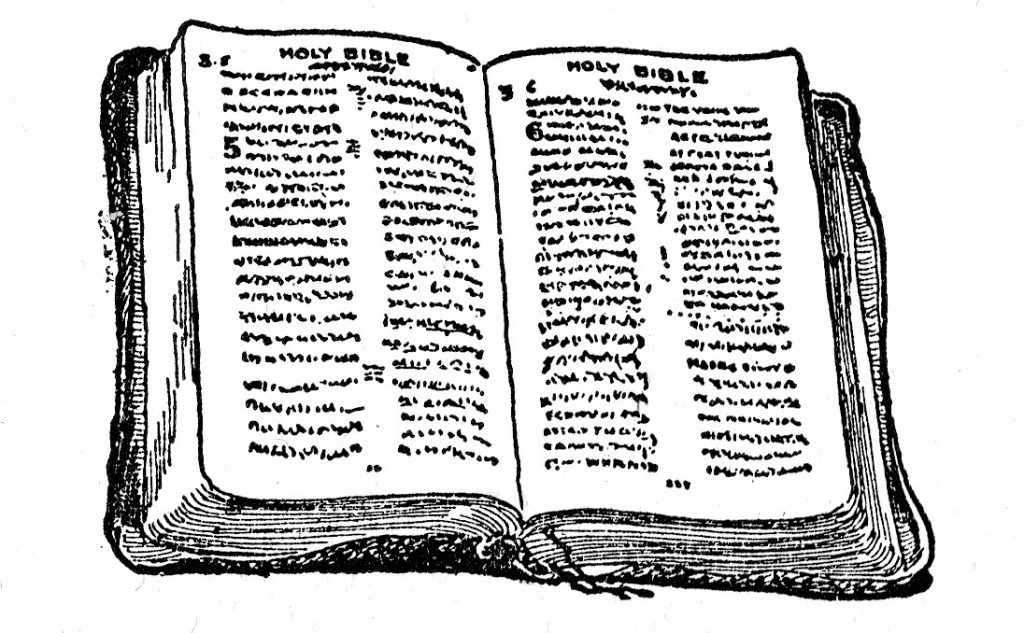
The word “doctrine” here in the KJV is a translation of the word didaskalia and it is the normal word for a teaching. This does NOT mean that we are under Moses Law, which would mean we are separated from Christ.
“you
are alienated from Christ, you who desire to be justified by the law.
You have fallen away from grace.”
Gal 5:4
Still, even Moses law is to be used for teaching/doctrine. There are many New Testament examples of this. For instance, in 1Corinthians chapter 9 Paul uses Deut 25:4, a regulation from the law of Moses about how to treat oxen, to prove that ministers of the gospel should be paid. We are not bound by the regulation as such, but that regulation teaches truths that are binding on us.
2. We should use prophecy as an integral part of teaching
A conservative estimate is that 30% of the Bible is prophecy. That is a great deal of “the whole counsel of God” to neglect. We are to “keep” the prophecies of Revelation, and there is a blessing for keeping these words.
“Blessed is he who reads and those who hear the words of the prophecy, and keep the things that are written in it, for the time is at hand.”
Rev 1:3 WEB
Or again,
“He
who believes and is baptized will be saved; but he who
disbelieves will be condemned.”
Mk 16:16 WEB
This is a prophecy, a “will be,” future. If you believe this prophecy (and you should), then you will BE baptized, and the prophecy says you “will be saved.” Alas, many do not believe this prophecy.
KJV is the King James Version, 1611.
WEB
is the World English Bible, a copyright free revision
of the
original ASV American Standard Version 1901



